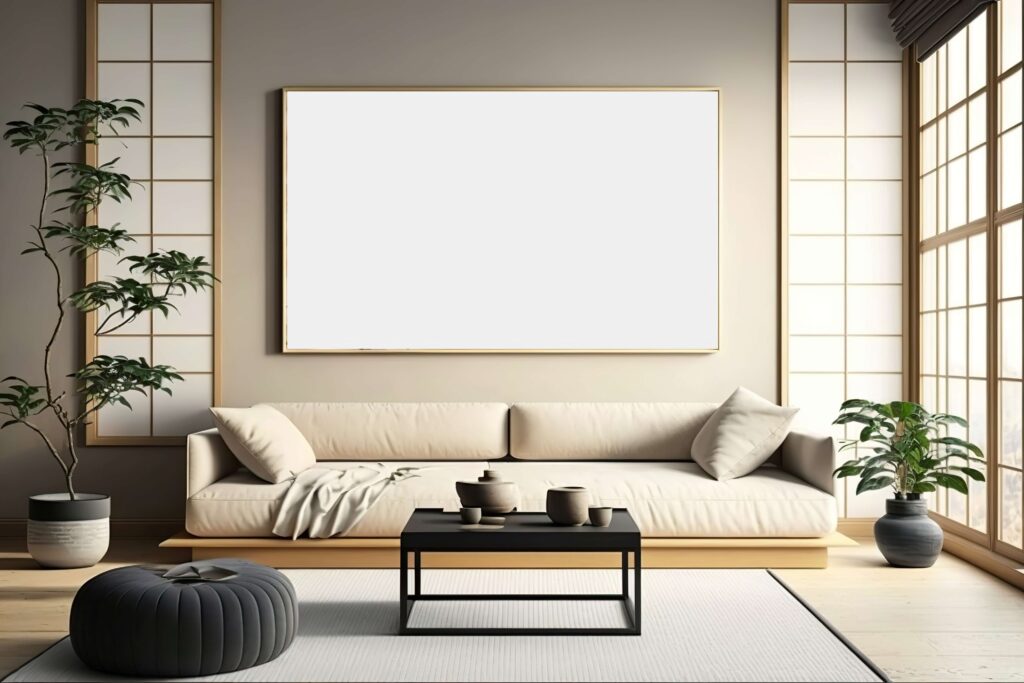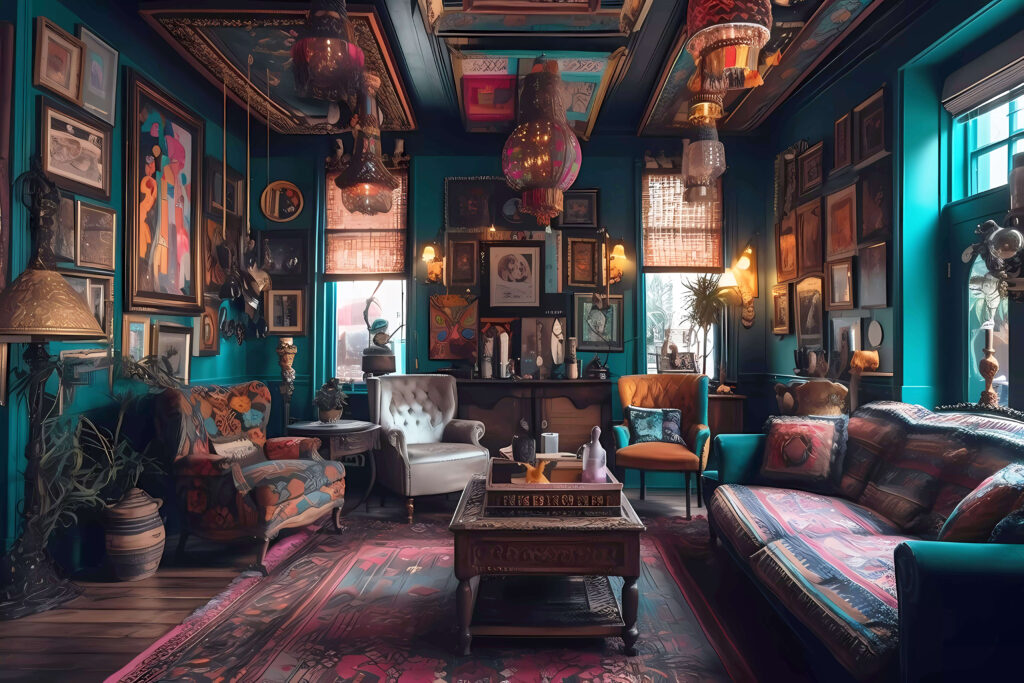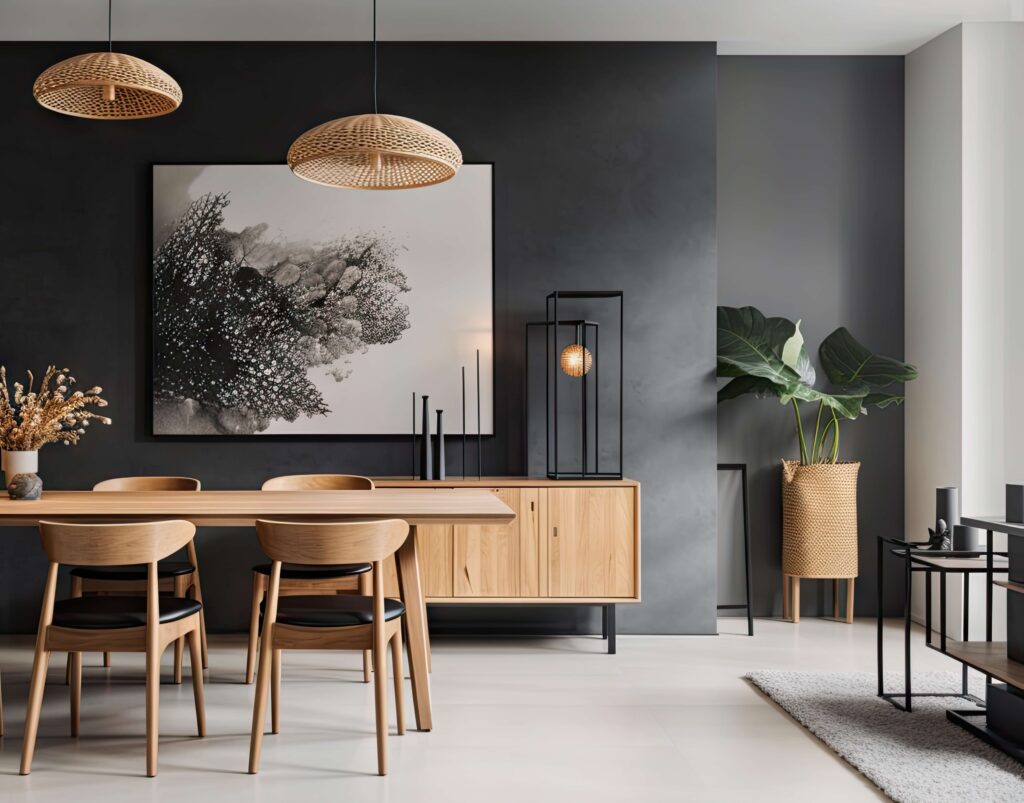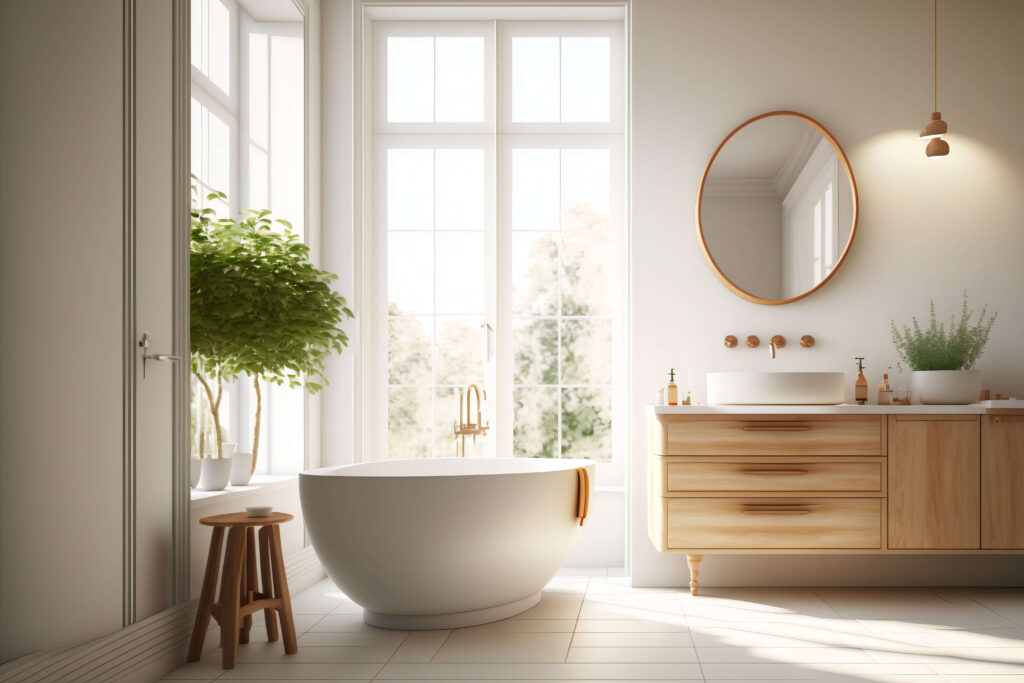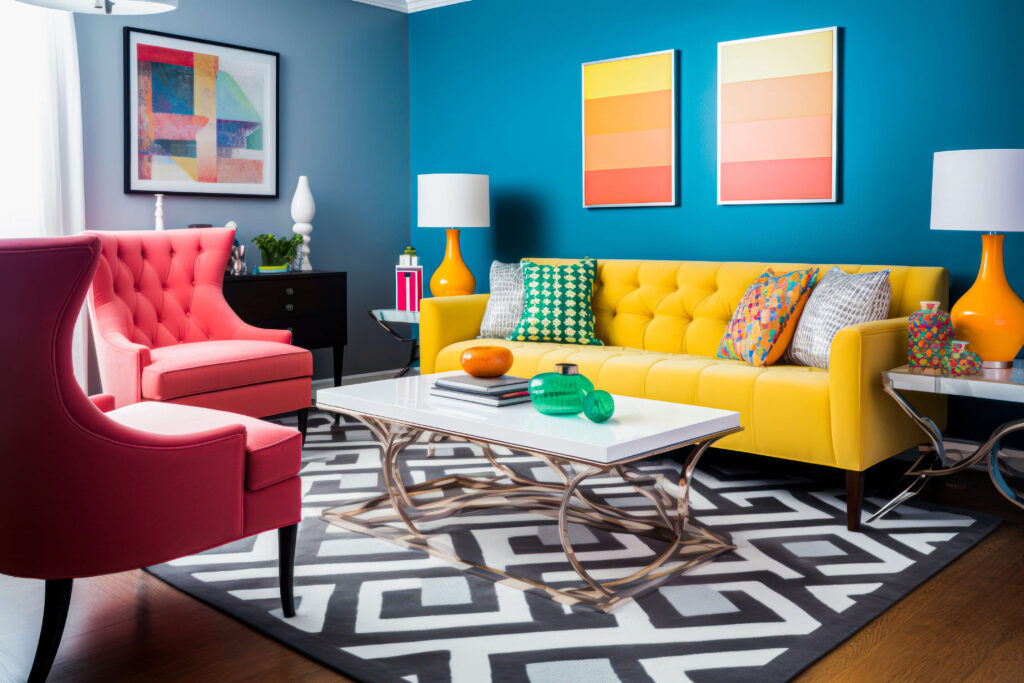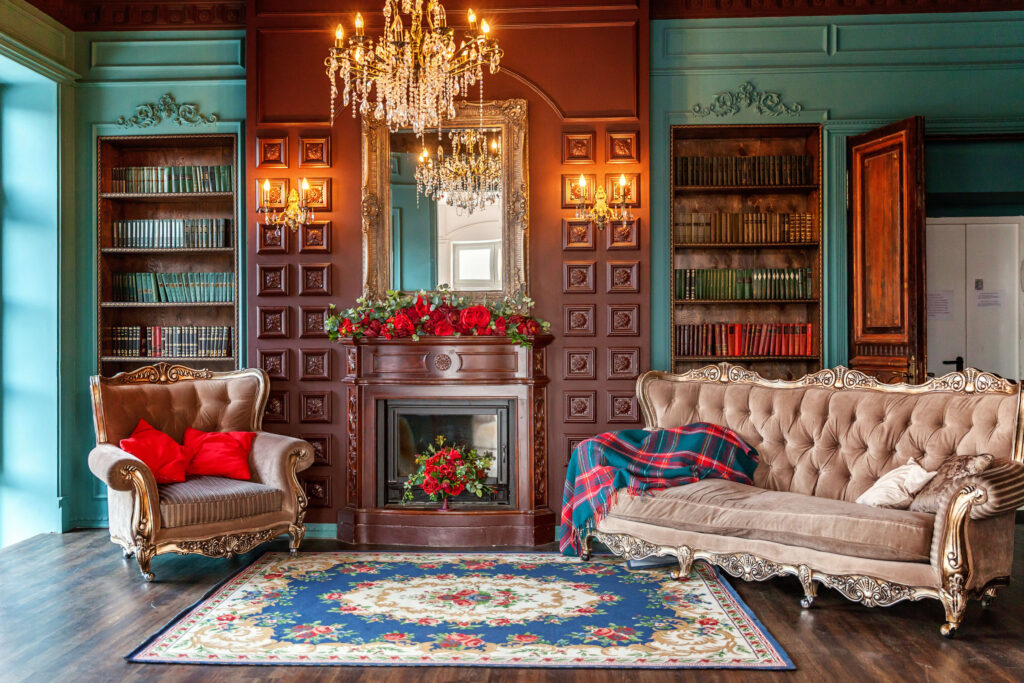Minimalist and maximalist philosophies have always been present in interior design all over the world. Some major representations of minimalist design are present in Japanese architecture. The idea of open space, limited furniture, flowing design, and stillness or serenity is reflected and became popularized in Western culture beginning in the 18th century.
On the other hand, maximalist design can be exemplified in history through Victorian aristocratic homes which essentially served as museums. Many aristocrats collected many extravagant and fine pieces from all over the world to decorate their homes. In modern days, maximalism prioritizes boldness and unique pieces.
WHAT IS MINIMALISM?
In the simplest terms, minimalist design relies on quality over quantity. The recent work of Marie Kondo echoes the minimalist sentiment. She is a celebrity home organizer that focuses on tidiness and is famous for prompting people to only keep items that truly “spark joy.” However, minimalist ideals in design have been around since ancient times and can be reflected in Buddhist and even Green and Roman philosophy.
WHAT IS MAXIMALISM?
Maximalism, contrastingly, celebrates excess. Everything has a story and therefore has value. Bold colors and patterns are emphasized. But as Architectural Digest states, it’s important to remember that “maximalism isn’t just piling everything into a room and calling it a day—it’s as intentional and curated as any other interior design trend.”
MISCONCEPTIONS
A common maximalism misconception is that the design is too busy, random, or cluttered. But maximalist design takes some careful planning as well to create a cohesive look.
On the other hand, modern minimalism is commonly dismissed as boring or lacking personality. That is just not the case. Minimalism can create a flowing atmosphere that provides serenity and simplistic beauty if done correctly.
EXAMPLES
Here are some visual examples of minimalism and maximalism to get your imagination running. Which do you prefer?
This minimalist design is characterized by a matching, natural element–light wood–and contrasting dark, neutral colors. There is a “yin and yang” philosophy at play with light and dark colors bringing out the best in each other.
There is a sense of balance and cleanliness in this modern, minimalist bathroom. Neutral tones are displayed: a calming white and light wood. Only the essentials are laid out on the sink counter. The natural light coming from the large window opens up the room. These types of open windows are a key staple of minimalist design.
The colors in this maximalist design are playful and bright. While the palette is bold with yellows, oranges, and pinks, they complement the black and white rug. It is a cohesive but still funky and fun design.
This maximalist design has cooler tones, but it is still bold in personality. The furniture and walls have intricate patterns and textures that play well together. The chandelier is a beautiful staple and displays the “extravagance” that maximalism embodies.
COMPLEMENTARY PRODUCTS
No matter which design philosophy you prefer to follow, Lider has you covered. We offer a wide variety of lighting and wiring control devices that ensure your design is elevated. Check out our expanding catalog of products for inspiration.


